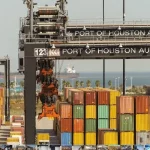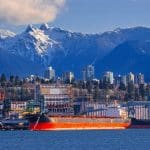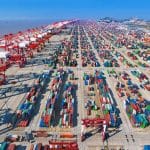EAST COAST
PORT OF NEW YORK AND NEW JERSEY HOLDS LEAD AS BUSIEST U.S. PORT IN NOVEMBER
The Port of New and New Jersey ranked as the busiest port in the United States for a fourth month in a row in
November. The Port of New York and New Jersey first overtook the Port Los Angeles as the nation’s busiest port in
August and has maintained its lead ever since. Like other East and Gulf Coast ports, New York and New Jersey has
benefited from shifting trade away from the U.S. West Coast where labor negotiations for more than 22,000
dockworkers continue past the previous contract’s expiration.
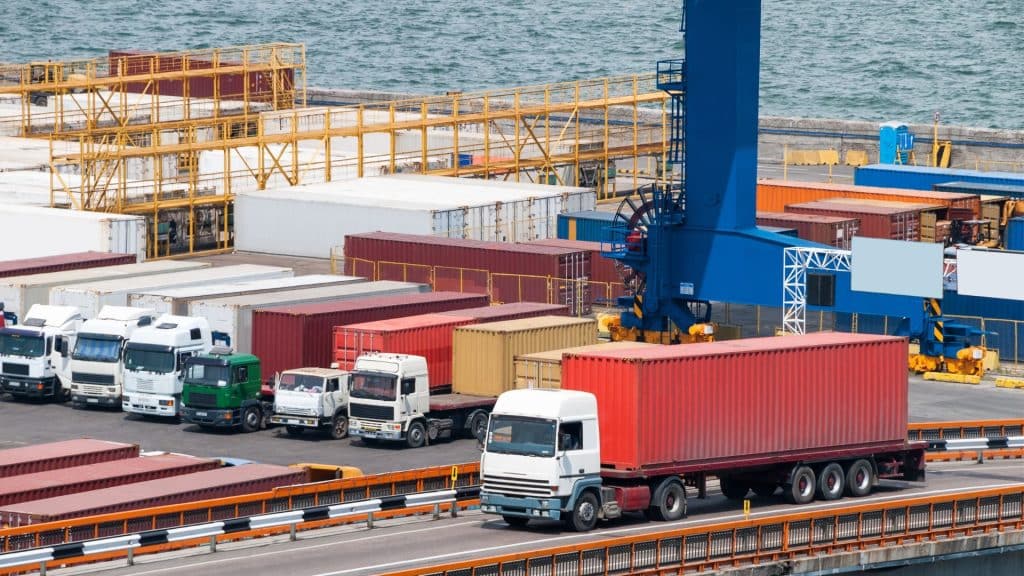
West Coast
CONTAINER DWELL TIMES RETURN TO PRE-PANDEMIC LEVELS AT LOS ANGELES AND LONG BEACH PORTS
Dwell times for local containers at the ports of Los Angeles and Long Beach have returned to pre-pandemic levels, reflecting improving
congestion conditions amid a steep drop in inbound containers. Container dwell time refers to the amount of time a container stays at a
marine terminal after it is unloaded from a ship and taken off the premises by either truck (local) or rail. Truck-bound local containers stayed on marine terminals at the San Pedro ports for 2.8 days on average in November, down from 3.5 days in October and 8.37 days the same month one year ago, according to the Pacific Merchant Shipping Association (PMSA). The 2.8 average marks the lowest number of days since July 2020 before the U.S. imports surge began. In addition, only 7.2% of containers exceeded five days at terminals, down from 10.9% the month before and 50% one year ago in November 2021. Prior to the pandemic, local containers typically remained on premises under three days.
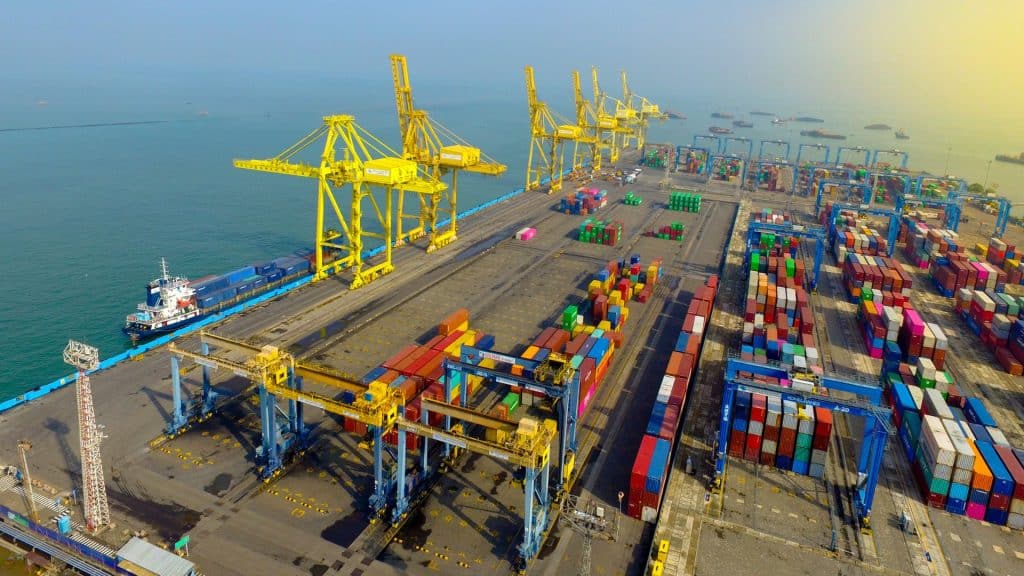
ONE TO ACQUIRE THREE U.S. WEST COAST CONTAINER TERMINALS
Japanese shipping company Ocean Network Express (ONE) has announced an agreement to acquire controlling stakes in
three U.S. West Coast container terminals. ONE has signed definitive agreements to acquire a 51% stake in each of
TraPac LLC and Yusen Terminals LLC from Mitsui O.S.K. Lines, Ltd. (MOL) and Nippon Yusen Kabushiki Kaisha (NYK Line),
respectively. TraPac operates the TraPac Los Angeles container terminal at the Port of Los Angeles and a second
container terminal at the Port of Oakland. YTI operates the Yusen Container Terminal at the Port of Los Angeles.
PORT OF OAKLAND SELECTS ELECTRIC CARGO HANDLING EQUIPMENT
The Port of Oakland has announced that it uses new green equipment to achieve its zero-emission targets. Two allelectric top picks are operating at the Californian port, as part of a demonstration project to create a zero-emissions
seaport. The port of Oakland has joined a select group of seaports to operate the green technology equipment. Top
picks are heavy-duty vehicles with off-road capabilities and have an overhead boom used for loading containers
weighing up to 100,000 pounds onto trucks and trains and stacking the containers in terminal storage yards. The Port of
Oakland partnered with the ports of Long Beach and Stockton, marine terminal operators, vessel operators and
technology providers in order to bring the top picks to Oakland.
